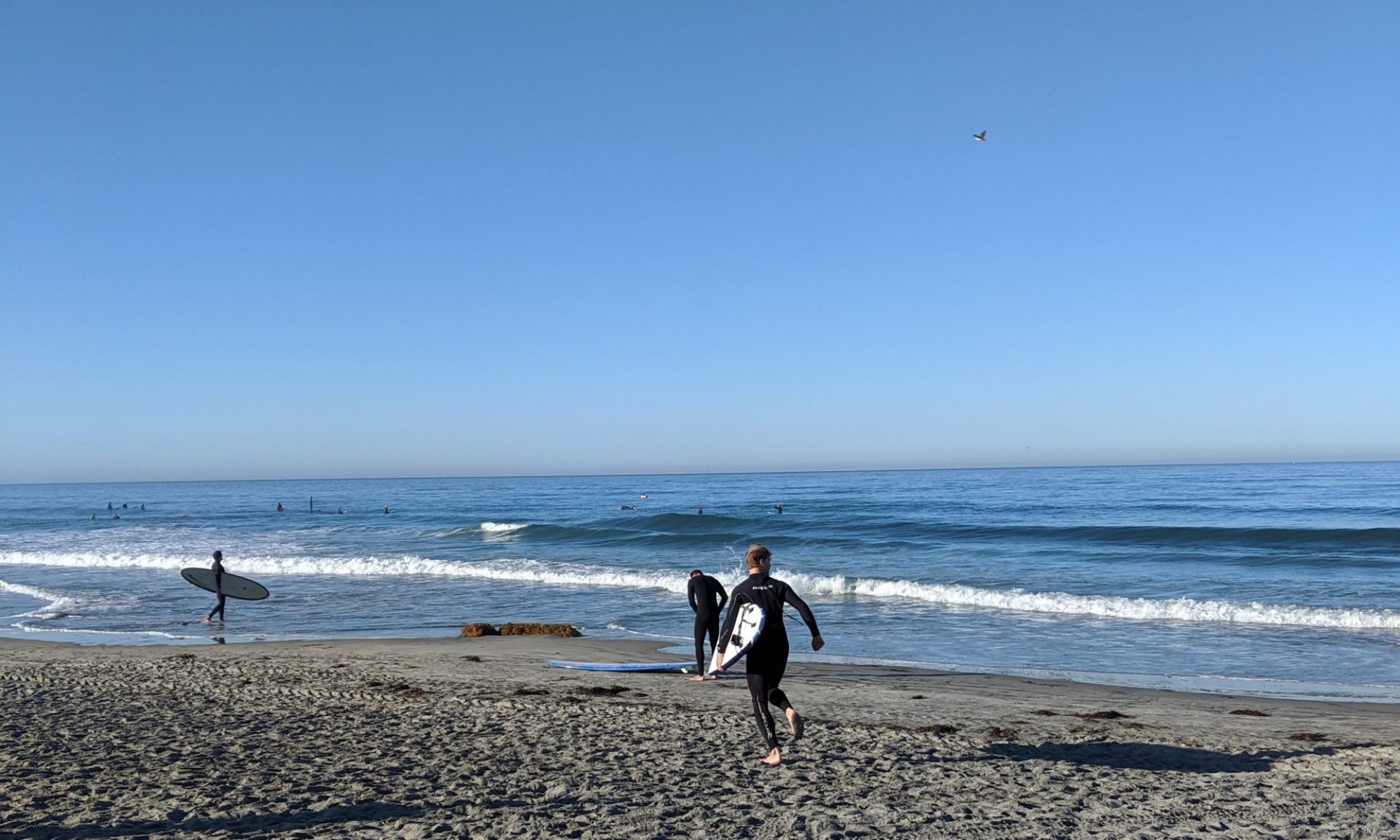I just got back from the heartlands where 74objects generously hosted the second Jamoma development workshop of this year.
The workshop focused on audio processing within Jamoma, i.e. the JamomaDSP library and the Jamoma Audio Graph. Often our workshop end with a lot of unfinished and also broken code due to conceptual changes in we think Jamoma should work. This time was different: we actually managed to significantly improve the performance and didn’t break anything on purpose. We rather dramatically improved the processing speed and memory cost of the Jamoma Audio Graph and made progress on the Spatialization library. Moreover, Jamoma is ready for 64-bit processing which will be supported with the upcoming Max6. (See the list of all changes here).
As a side note, it was interesting and a bit cumbersome to use an ipad for sketching ideas on how to improve the pulling mechanism of our audio graph. The sketches result in a kind of Jackson Pollack painting.

On Friday, the Kansas City Electronic Music and Arts Alliance (
KcEMA) and the Kansas City Max User Group (MUG) invited us for a concert plus tech talk.
 In the last few days I did some maintenance work on the ViMiC max external, mainly to make it more efficient and to take advantage of max6′s 64-bit audio signals. I’m pretty pleased about the outcome – running my test patch, using 8 inputs and 5 outputs, the Vimic_lite method is now down to
In the last few days I did some maintenance work on the ViMiC max external, mainly to make it more efficient and to take advantage of max6′s 64-bit audio signals. I’m pretty pleased about the outcome – running my test patch, using 8 inputs and 5 outputs, the Vimic_lite method is now down to 
 Today, the mailman brought a
Today, the mailman brought a 

